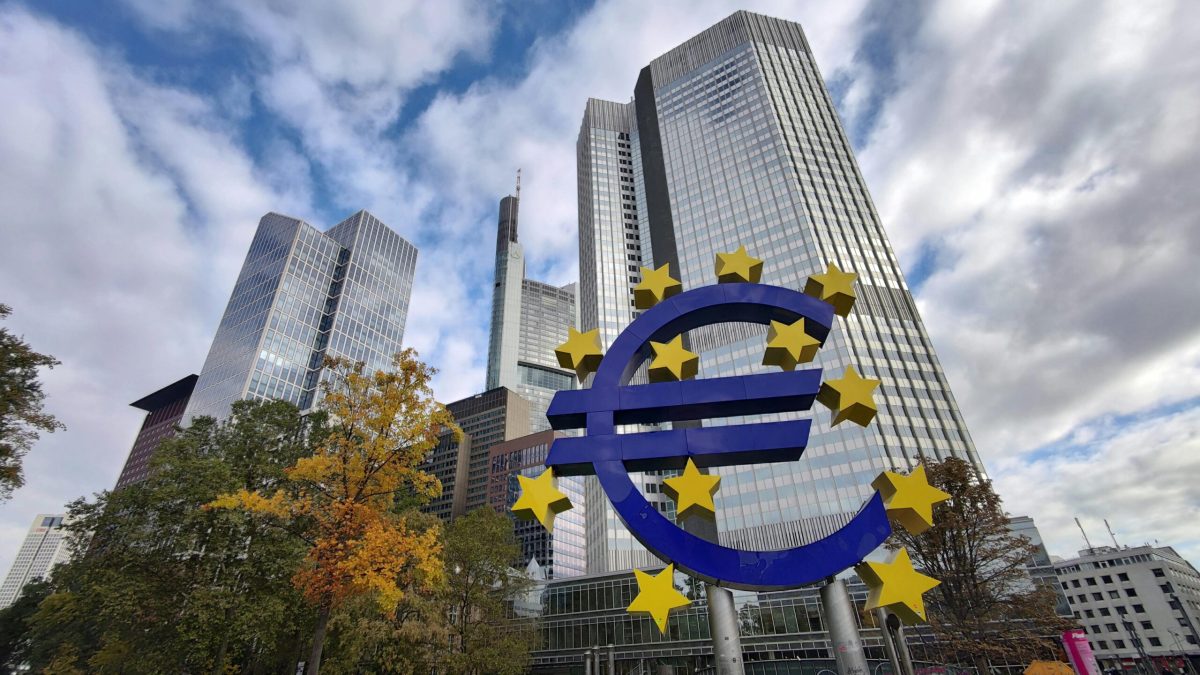
Chile’s economy showcased solid growth in the third quarter of 2024, achieving a year-on-year GDP expansion of 2.3%.
This performance marks an improvement from the 1.6% growth in the previous quarter and surpasses initial forecasts of 2.2%.
Copper a key mineral in Chile’s economy
The mining sector was a major contributor to this growth, expanding by 5.1% in Q3 following a 6% rise in Q2.
This growth was largely driven by a surge in copper production, reinforcing Chile’s standing as a top global copper exporter.
Although iron ore extraction saw a decline, the overall mining sector’s robust output significantly supported the economy.
Copper’s significance to Chile’s economy cannot be overstated, as the metal is a vital export commodity with high demand, particularly from China.
The boom in copper mining has stimulated job creation and strengthened related industries, contributing to the broader economic momentum.
The non-mining sector also delivered noteworthy growth, advancing by 2% compared to 0.9% in the prior quarter.
Key improvements included a 7.1% rise in personal services and a 6.7% increase in transportation services.
Manufacturing posted a 3.2% gain, supported by higher output in food production, chemicals, petroleum, and rubber.
The agriculture and forestry sector struggled
However, the agriculture and forestry sectors faced significant headwinds, contracting by 8.5%.
This decline, attributed to lower fresh vegetable production, underscores the sector’s vulnerability to climate conditions and external pressures.
The disparity between the booming mining sector and the struggling agricultural industry highlights the need for a more diversified and resilient economic strategy.
Household spending showed signs of recovery, with a 1% increase from the previous quarter’s 0.7%, indicating a positive shift in consumer sentiment.
Government expenditure also saw a substantial rise of 5.3%, up from 1.2%, reflecting efforts to boost the economy through fiscal measures.
However, despite these positive signs, gross fixed capital formation continued to decline, albeit at a slower rate of -0.2%.
This drop was driven by a slowdown in construction, partially offset by higher investments in machinery and equipment.
Trade played a crucial role in supporting GDP growth, with exports rising by 6.4% and imports increasing by 1.5%.
This marks a reversal from earlier declines and highlights Chile’s strong foothold in global trade, particularly in mining exports.
The post Chile’s GDP grows 2.3% in Q3 2024, boosted by mining and services appeared first on Invezz











